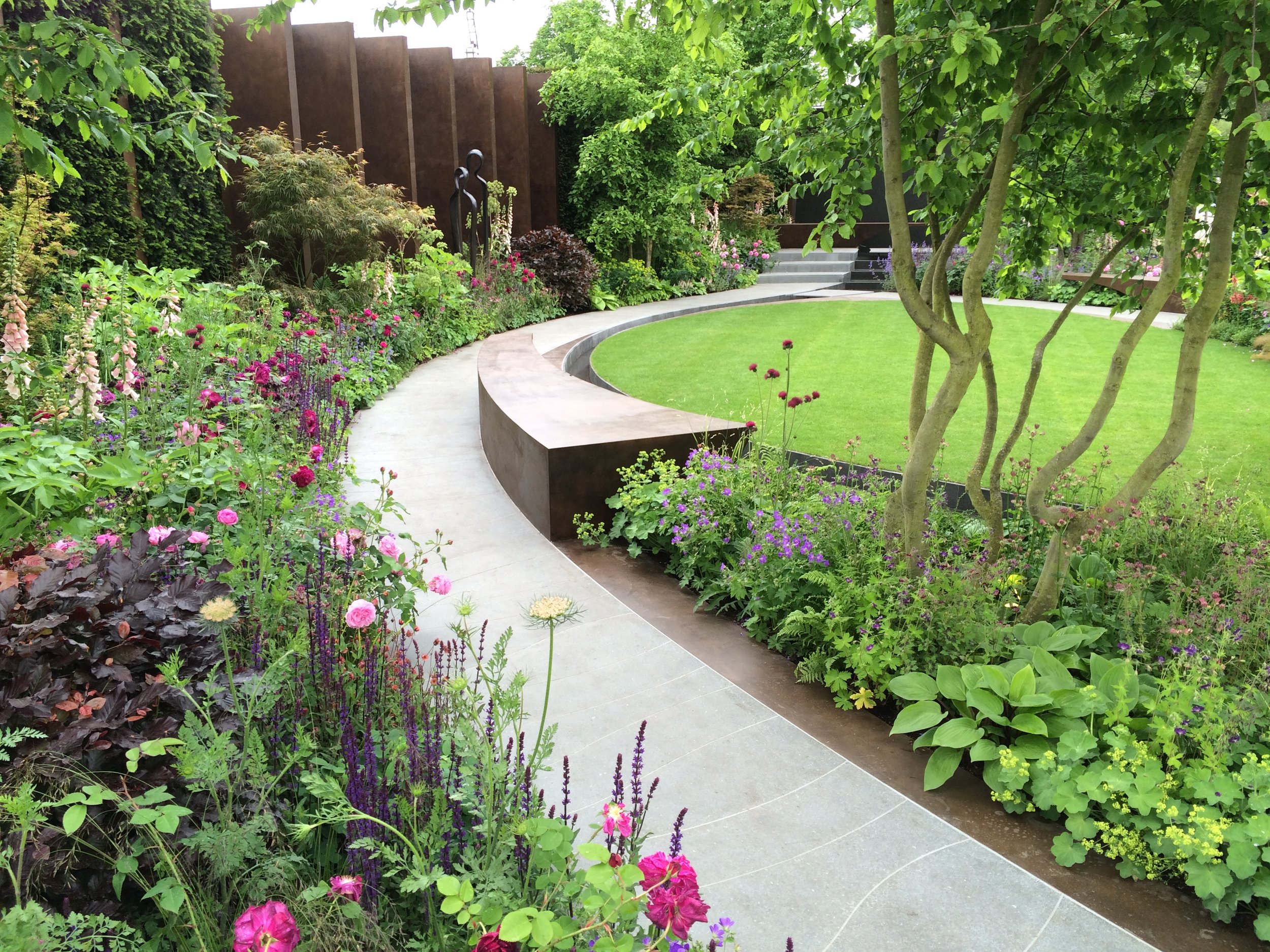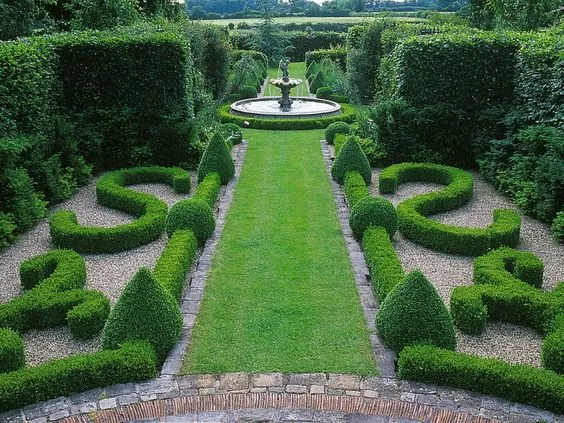The Greatest Guide To Landscapers
The Greatest Guide To Landscapers
Blog Article
The Main Principles Of Landscapers
Table of ContentsLandscapers Fundamentals ExplainedLandscapers - QuestionsThe Of LandscapersHow Landscapers can Save You Time, Stress, and Money.The 2-Minute Rule for LandscapersLandscapers Can Be Fun For Anyone
- A garden function where water is represented by an aggregate stone product, typically a gravel or granite. These are most commonly discovered in contemporary and Japanese garden layout.- A rock or natural flagstone outdoor patio, course, or sidewalk developed without a concrete base. The base would certainly be compressed crushed rock and the joints would be an accumulation or walkable ground cover. - A rock keeping or cost-free standing wall surface built without the usage of mortar. - A below ground structure that gather water and permits it to slow percolate into the dirt around it.
Landscape design that is suitable with a sites' atmosphere in both look and sustainability without unfavorable effects to the environment. Bordering in the landscape is a line of demarcation that produces visual passion in the garden by separating one segment from an additional segment.
Areas can also have a sensation of "unit" provided by trees, various other growings, fences, or screens. The landscape near the access to a building.
The Basic Principles Of Landscapers

The element in a landscape design or area in a landscape that is meant to be most noticeable. The focal factor can be a plant, boulder, statuary, collecting space, or other landscape feature. A design of gardens or garden components that worry straight lines, right angles and circles. Shrubs or bushes located in beds near the foundation of a home or other structure.

The Only Guide for Landscapers
Rock product, either rounded or fractured, that is fairly tiny- generally 1" or much less. Low plants that are permitted or urged to top a location. Can refer to any kind of "tough" garden elements consisting of statuary or boulders but many commonly is made use of to describe paths, patio areas, and walls.: Elevation difference in between the level of water in a fish pond (or the degree of the pump if it rests outside the pond) and view publisher site the top electrical outlet of water which influences performance of the water pump in gph (gallons per hour). Thick bushes or trees that develop a fence, screen, or limit.
A chemical used to control weeds. Fencing boards that run flat, typically made use of in contemporary or Japanese-inspired landscape designs. Lines that specify areas within a landscape idea. These often prolong from corners or key features of an existing framework. Appropriate usage of fictional lines can assist the landscape really feel attached to the home and other components.
Typical PNW landscapes are informal. A plant that spreads more than desired, or into habitats where it does damages.
Landscapers Fundamentals Explained
Can consist of head positionings and protection, pipe sizing, GPM specs, and products required to mount this system. Certified professional that makes landscapes, educated in engineering and design as well as in cultivation.
The professional that prepares and creates landscape jobs, typically at a property or little industrial level with the significant style incentive on plantings. Landscape designers generally have less education than Landscape Architects and are not licensed. A finished landscape style, describing all elements for the new landscape. This normally takes the form of an illustration on paper.
Calcium product utilized to raise the pH in dirt, which will certainly make it less hospitable to moss (Landscapers). A water limited HDPE material used beneath ponds, streams and waterfalls in water functions. Making use of lots of plantings of the exact same range to fill up in a location in the landscape. This can lower upkeep and water usage in the garden.
A mix of concrete, sand, and water that is utilized in rock stonework for setting stones and joints. A layer of compost or bark dirt used at the base of a plant. A mass planting of moss. A plant that was existing in a geographical place prior to individuals began changing the landscape.
Landscapers Can Be Fun For Anyone
Just how the yard or a garden component is set up in connection to an existing or new feature or to an instructions. Yards that are not trimmed yet grown in landscapes as perennials.

Plants that provide seasonal rate of interest and then pass away back in the winter. Cold period lawn that is the most usual lawn grass in Portland, OR and the rest of the PNW.An open roofed framework Clicking Here over a patio area or other landscape feature.
Lava accumulated ranging in size from 1/4" down to dirt. One of the most common landscape gravel in the PNW. Location of the landscape developed to manage water till it can saturate right into the ground. A chain that regulates water as it travels from a roofing seamless gutter to the ground. Yard framework that creates a planting area that is included and greater than the bordering grade.
Framework made of timber, concrete, leading rocks, blocks or various other materials for supporting slopes and stopping extreme disintegration. Narrow watercourse. Creating a yard attribute being composed mostly of rocks with plantings Read Full Article that complement and can flourish in the rough setting. Sprinkler head style that turns a stream of water throughout a location.
The Main Principles Of Landscapers

Report this page